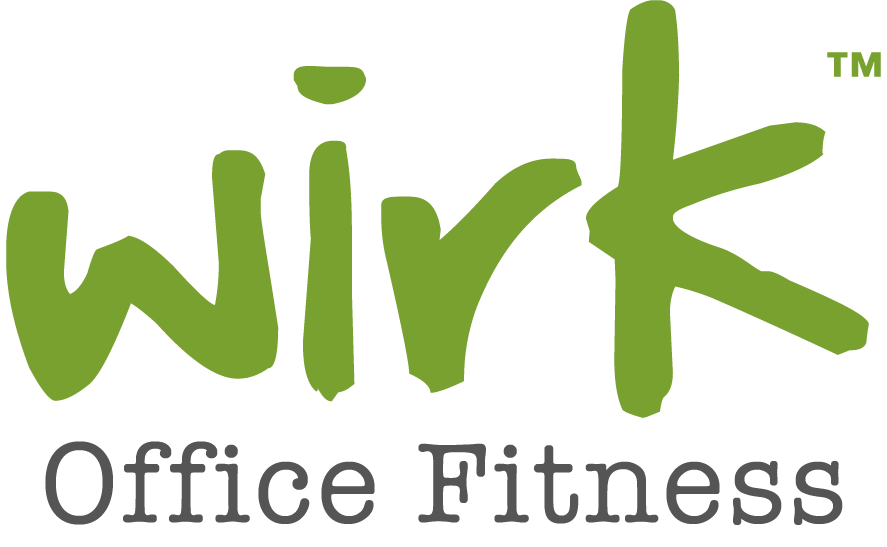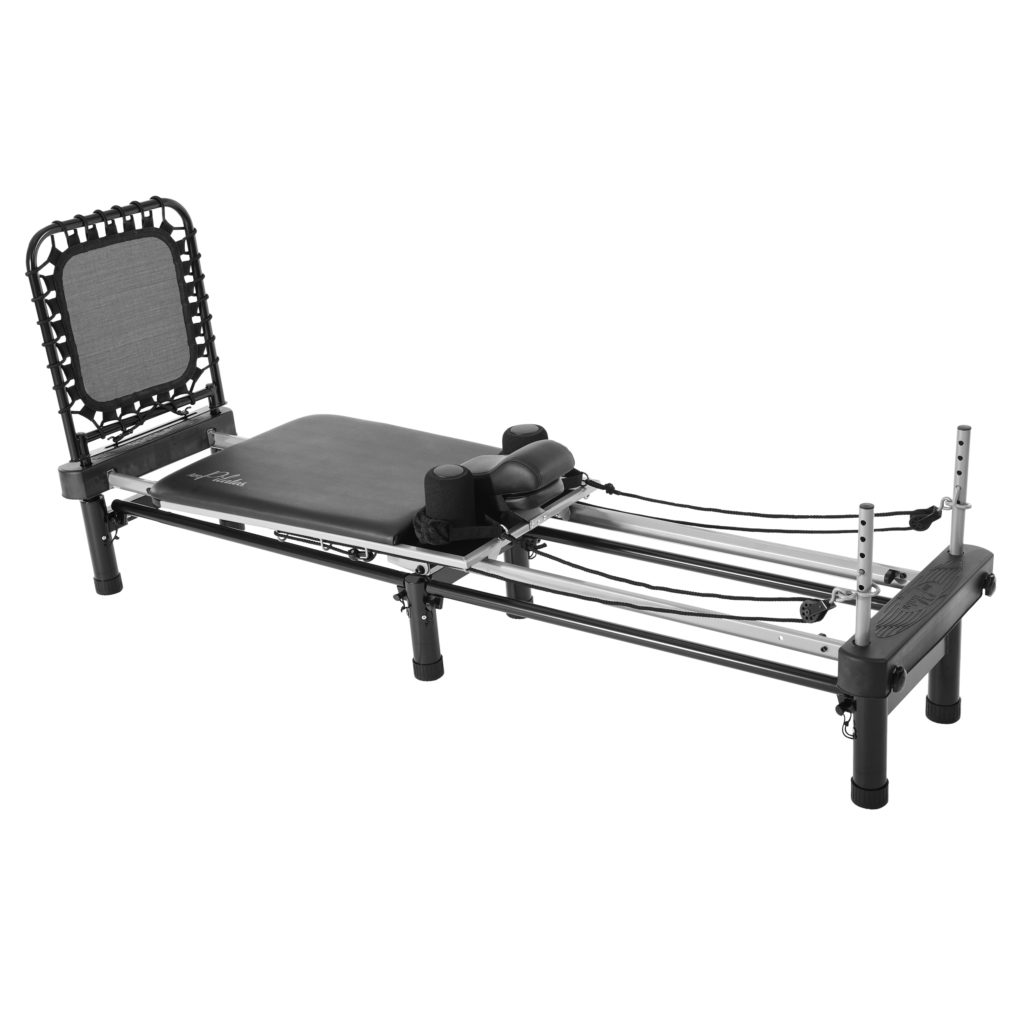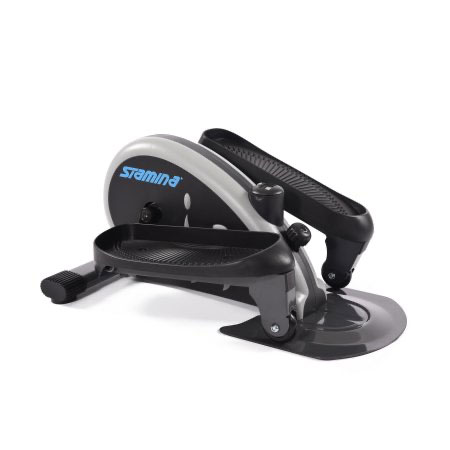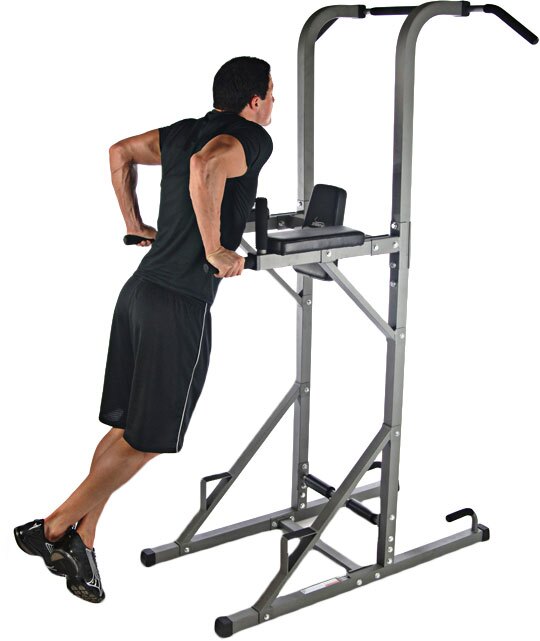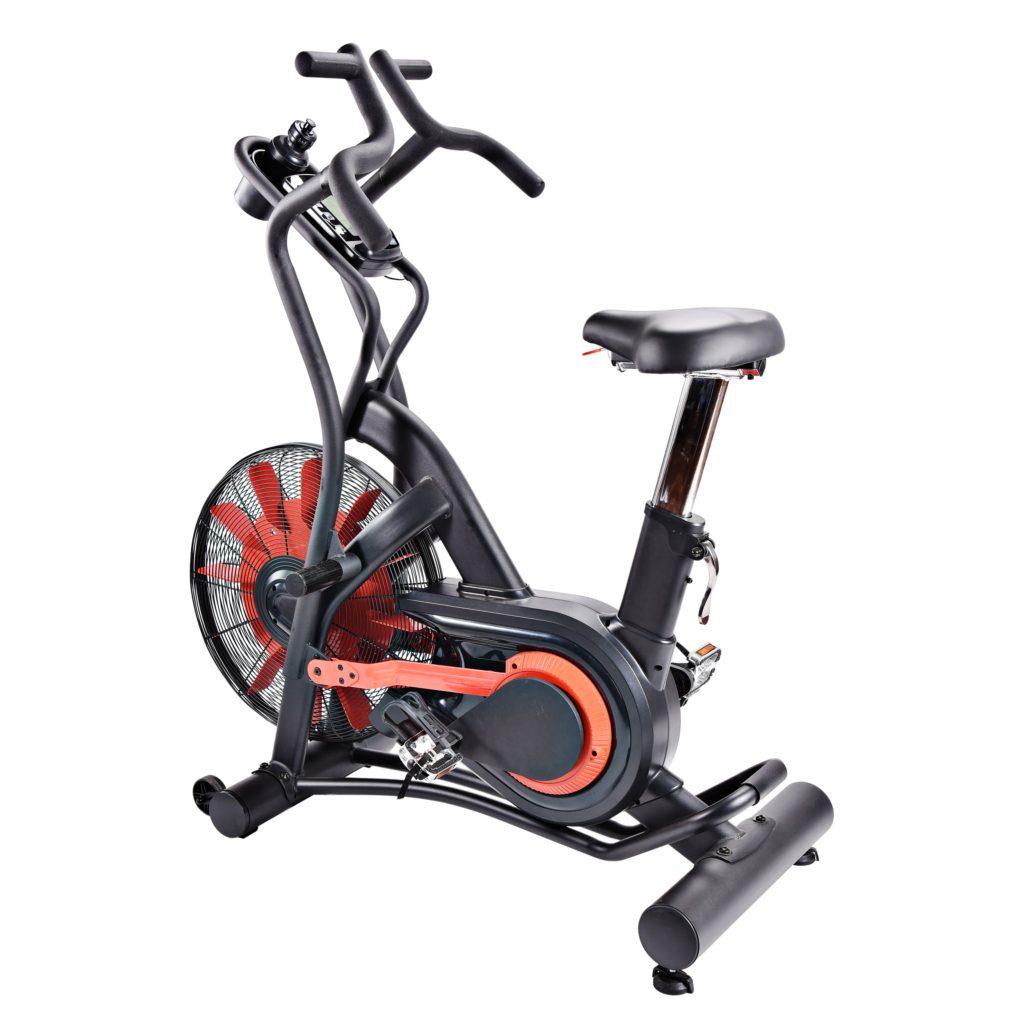Get Relief from Sciatica: Exercises for Sciatic Nerve Pain
Do you experience burning pain down your leg or jolting pain in your lower back? You’re not the only one. Up to 40% of people will experience sciatica in their lifetime.
Sciatica is a general term that refers to pain caused by a pinched nerve, but many people use the term to describe an irritated sciatic nerve. The sciatic nerve trails down much of your lower body. When compressed, it causes radiating leg and back pain.
Find out what you can do to get relief from sciatica and promote better back health. This article dives into the following topics:
- What is the sciatic nerve?
- What causes sciatic nerve pain?
- How long does it take for sciatica to go away?
- Sciatica pain relief exercises
- AeroPilates reformer exercises
- Home back health equipment
The information provided in this article is for educational purposes only and is not a substitute for professional medical advice. Please seek a medical professional for treatment or diagnosis, and consult your doctor before performing any exercises or stretches.
What Is the Sciatic Nerve?
The sciatic nerve is the longest and widest nerve in the body. It runs down each side of your body, from your lower back to your feet.
At the base of your spine, the sciatic nerve is about a ½ inch wide. As it extends through your glutes and hamstrings, the nerve widens to about the size of a penny. The sciatic nerve rests near your piriformis muscle and continues down the back of your legs.
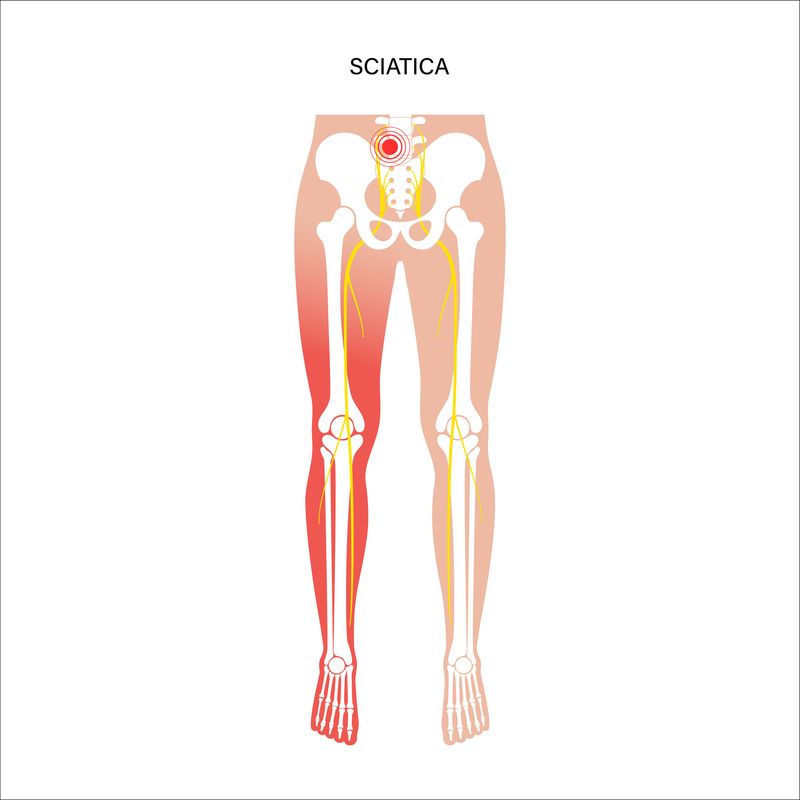
What Causes Sciatic Nerve Pain?
People typically experience sciatica after age 30. Risk factors include age and occupational factors like repetitive lifting or vibrations from driving.
The most common cause of sciatic nerve pain is a slipped or herniated disk. This is especially true for people under 40 years old. An estimated 90% of sciatica cases result from a herniated disk.
Herniated Disks
Between each spinal vertebrae, you have an intervertebral disk. These disks are made of a protective, jelly-like substance with an elastic outer ring. When a disk slips through its outer ring, it compresses the nerves in your back—and often, your sciatic nerve.
Sciatica in Older Adults
In older adults, bone spurs and arthritis can lead to sciatic nerve pain. As you age, your spine narrows. Spinal stenosis, or the narrowing of the spinal canal, can also cause sciatica in adults over age 60. If you have severe sciatica, talk to your physician about the cause.
Sciatic nerve compression often results in pain in your right or left leg. You may feel pain in the front, back or side of your thigh. Sometimes, the pain can radiate to your groin.
Sciatic Nerve Pain in Pregnancy
Pregnant people often experience sciatic nerve pain. Sciatica usually starts during the third trimester when hormone relaxins increase. These relaxins prepare your body for birth by loosening ligaments in and around the pelvis. Loosened ligaments and a shifted center of gravity can pinch your sciatic nerve.
Fortunately, sciatica usually disappears after giving birth. Until then, you can relieve sciatica while pregnant by:
- Following your doctor’s advice
- Using heating pads
- Taking warm showers
- Doing yoga and other exercises
- Sleeping with a supportive body pillow
Pinched Sciatic Nerve Symptoms
Symptoms of an inflamed sciatic nerve range from mild to debilitating. The sciatic nerve splits to run down both legs, but people usually feel pain on only one side of the body. Pinched sciatic nerve symptoms include:
- Lower back pain
- Hip pain
- Leg pain
- Numbness
- Tingling
- “Pins and needles” feeling
- Muscle weakness
You may feel pain or numbness along your sciatic nerve, including your lower back, hip, buttocks and leg. Some people have pain down to their feet. People with sciatica experience both burning pain and sharp, shooting pain.
How Long Does It Take for Sciatica to Go Away?
In most cases, sciatica will go away on its own. Whether it appears suddenly or slowly, sciatica tends to dissipate after four to six weeks with no long-term effects. About 80 to 90% of people with sciatica don’t require surgical treatment.
How Do I Get My Sciatic Nerve to Stop Hurting?
As mentioned above, sciatic nerve pain often resolves on its own. However, that doesn’t mean you can’t try to find relief in the meantime. Medications, targeted stretches and light exercise can reduce hip and back pain. You should speak with your doctor and follow their recommendations for treating sciatica.
- Talk to your doctor. Your physician will advise you based on your pain level and medical history. They may prescribe exercises, medications, muscle relaxers or corticosteroid injections.
- Apply hot and cold packs. Heating pads and cold packs help reduce the inflammation of your sciatic nerve and relieve sore muscles.
- Keep moving! Not moving could prolong your pain. Exercise helps reduce stiffness in spinal disks, lower inflammation around your sciatic nerve, and elongate tight muscles. Stretches are a fantastic way to relieve pain and prevent it in the future.
The Best Exercises for Sciatic Nerve Pain
Simple movements like going for a walk can help relieve lower back pain. Stretching the muscles around the sciatic nerve helps reduce the pressure stiff muscles put on the nerve. Tight piriformis and hamstring muscles often irritate the sciatic nerve, resulting in buttocks, leg and back pain.
One way to treat sciatica at home is to move—with your doctor’s approval, of course. Try these exercises and stretches to loosen muscles and relieve back pain. It may help to do these sciatica pain relief exercises daily.
Floor Exercises for Sciatica Pain Relief
These floor exercises can be completed at home without the use of equipment.

Pelvic Tilt
Regularly doing pelvic tilts stretches your lower back and strengthens your abdominal muscles. A strong core supports your spine and helps you maintain good balance.
- Start pelvic tilt exercises by lying on your back.
- Breathe in.
- Exhale and tighten your core, pushing your belly button toward the floor. As you do this, flatten your lower back.
- Hold the position for a few seconds.
- Repeat up to 10 repetitions.
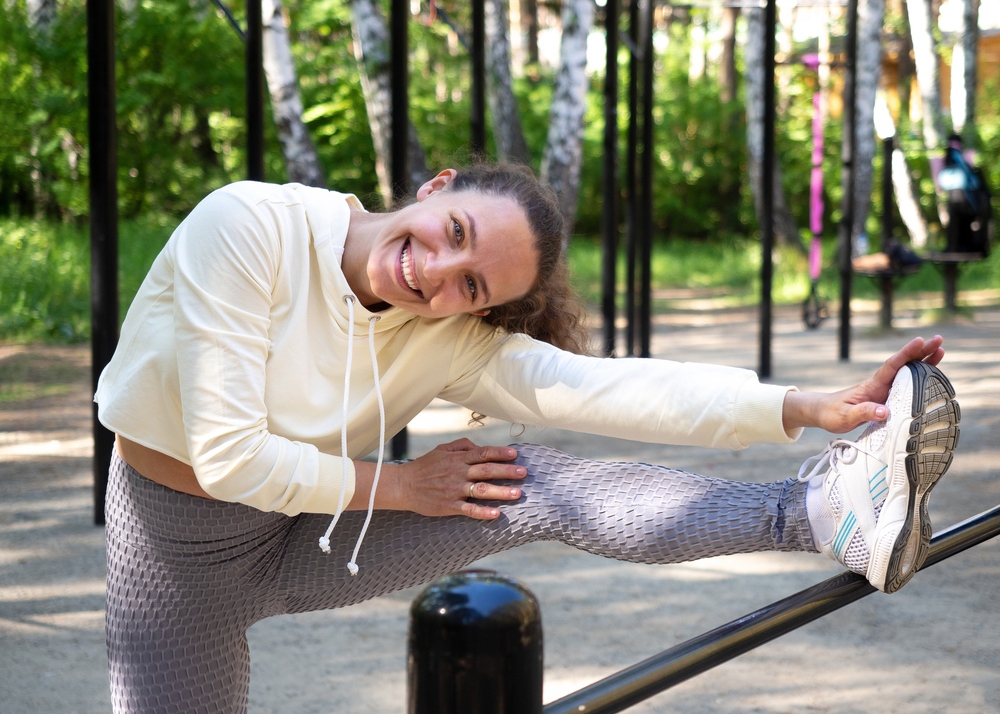
The Hamstring Stretch
Sciatica causes leg pain. Seek relief with a high school gym classic: the hamstring stretch. You can reduce the pain caused by tight hamstrings and an inflamed sciatic nerve with the elevated hamstring stretch or the scissor hamstring stretch.
Elevated Hamstring Stretch
You can use a dining chair, ottoman or step to perform this stretch.
- Place one foot on an elevated surface.
- Flex your foot. Your toes and leg should be straight.
- Bend forward slowly toward your foot. You will feel the stretch here. Don’t force it.
- Hold.
- Repeat on the opposite side.
Scissor Hamstring Stretch
For a slightly different take on the hamstring stretch, the scissor stretch is done with both feet on the floor. This exercise loosens muscles for less pressure on the sciatic nerve and ischial tuberosity.
- Place your feet about 3 ft apart. One behind the other.
- Pull your hips forward.
- Push your torso over your front leg while keeping your back straight. Bend at the waist. If you need help balancing, you can set a chair in front of you.
- Switch legs.
- Repeat on the other side.
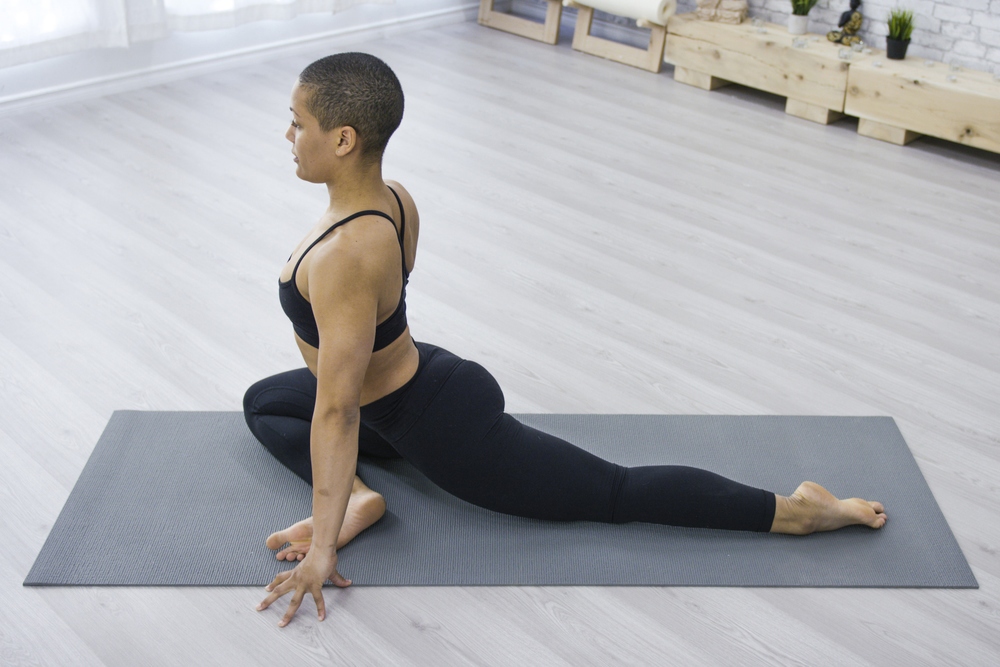
The Pigeon
Pose like New York City’s most notorious bird: the pigeon. (NYC is thought to have between 1 and 7 million pigeons!) You can perform the pigeon pose reclining, sitting or with one leg forward for a deeper hip stretch. Beginners should start with the reclining pigeon pose.
The pigeon stretch opens your hips, targeting your hip flexors, glutes and piriformis muscles. When these muscles are tight, they irritate your sciatic nerve.
Reclining Pigeon Pose
- Lie on your back.
- Bring your left leg up to a right angle.
- Take your right leg and place your ankle on top of the left knee.
- Clasp both hands behind your left thigh.
- Hold until you feel your piriformis relax.
- Repeat on the other side.
Sitting Pigeon Pose
- Sit on the floor with your legs outstretched.
- Bend your left leg.
- Place your left ankle on the right knee.
- Lean forward to feel the stretch. Don’t force it.
- Hold here.
- Repeat on the other side.
Forward Pigeon Pose
- Start by kneeling on the floor.
- Move your left leg forward on the ground in front of you. Position it so that your left foot is in front of your right knee.
- Your right leg should remain outstretched behind you, knee on the ground.
- Shift your weight onto your legs gradually.
- Sit up straight and keep your hands on either side of your body.
- Lean forward over your front leg.
- Repeat with the opposite leg.

All Fours Extensions
Arm and leg extensions help you strengthen your core and lower back. When you have a strong center, you reduce your risk of balance-related spinal injuries. Try this exercise by only extending your legs first. If you feel like you can, add the arm extensions.
- Position yourself on your hands and knees.
- Keep your back straight by contracting your abdominals.
- Lift one leg behind you and straighten it.
- Hold the position.
- Repeat on the other side.
To add arm movements, extend the opposite arm straight forward with each repetition.
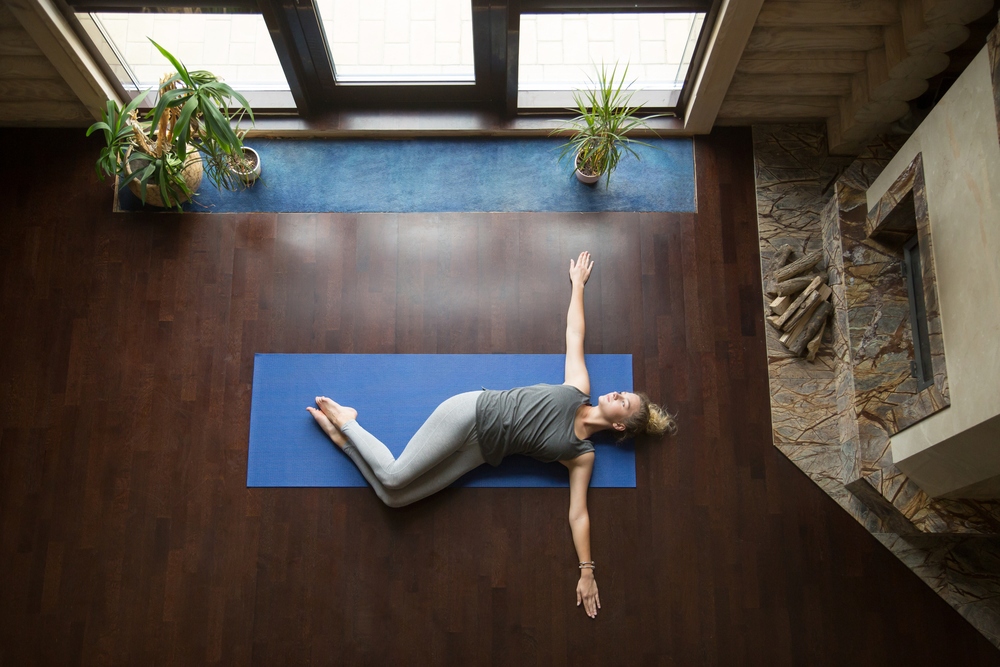
Lower Trunk Rotations
Mobility and flexibility are important for spine and muscle health. Lower trunk rotations are a simple way to improve flexibility in your spine and loosen your lower back area. Always talk to your physician before performing twisting exercises.
- Lie on your back. Keep both knees bent and feet on the floor.
- Hold the knees together and rotate them to one side. You should feel a stretch through your lower back and hip.
- Use your abdominals to turn both knees to the opposite side.
- Repeat.
AeroPilates Reformer Exercises for Sciatica Pain Relief
AeroPilates customers can use their reformers to find relief from sciatica. The founder of AeroPilates, Marjolein Brugman, recommends performing the elephant and Eve’s lunge every day. These exercises are easy to add to any workout and integrate into your routine.
The Elephant
The elephant stretches the hamstrings and lower back while realigning the pelvis. Marjolein suggests that you use two cords or springs for medium resistance. You can purchase medium tension cords and light cords from Stamina Products.
- Step on to your reformer, placing your hands on the foot bar. Your feet should be hip-width apart, with heels against the shoulder pads on the platform. If you are shorter, you may need to step forward a few inches.
- Bend at the waist and relax your head.
- Push away with your heels. You will feel a stretch in your Achilles tendon and calf.
- Once you feel the stretch, use your pelvic floor muscles to pull your feet forward.
- Repeat 10 times.
Eve’s Lunge
Eve’s lunge targets your hamstrings. You should use two springs or cords for this exercise. Lighter cords make the stretch easier.
- Kneel on the platform with one knee. Your foot should rest against the shoulder pad or at the top of the platform. The other leg should be planted on the floor.
- Push the platform back as you lower your hips to the floor. You should feel this movement extending your lower back and elongating your hip flexor on one side. Your thigh may feel tight as well. Breathe into that tightness to let the muscle lengthen.
- Come up out of the lunge.
- Repeat. Each time you repeat, try to lower your hips further.
Eve’s lunge stretches your back hamstring as your leg rests on the platform. From this position, you can also engage your front hamstring. Straighten the front leg and lift your toes for an added stretch.
Get Relief With Back Health Equipment
Our line of back health equipment helps you decompress and stretch from the comfort of home. We’ve already talked about exercise as a way to treat sciatica at home (with your doctor’s OK). Our back health equipment helps you stretch, decompress and realign your spine and hips.
- Inline Back Stretch Bench. Free up tight muscles in your lower back with this easy-to-store bench. You’ll decompress and release tension from the spine, hips and knees.
- Inline Back Stretch Bench with Cervical Traction. Get a decompression bench and at-home traction therapy in one. This back stretch bench is designed to help you achieve a deeper stretch.
- Stamina Inline Inversion Chair. Inversion chairs can be intimidating. Our chair features security measures to keep you safe and comfortable as you decompress your spine.
- Active Aging EasyDecompress. It’s all in the name! This decompression piece is easy to control, offering only a partial range of motion to give you full command of your movement.
- Inline Traction Control System. You can reap the benefits of inversion even if inversion chairs aren’t for you. With this control system, you can stretch your spine with your feet planted firmly on the floor.
Shop all back health products today.




